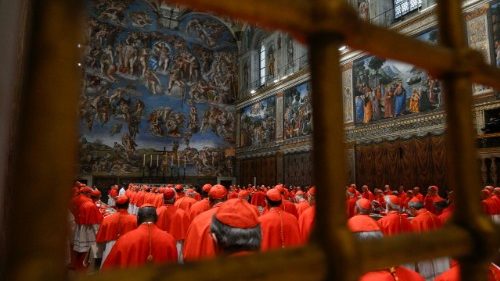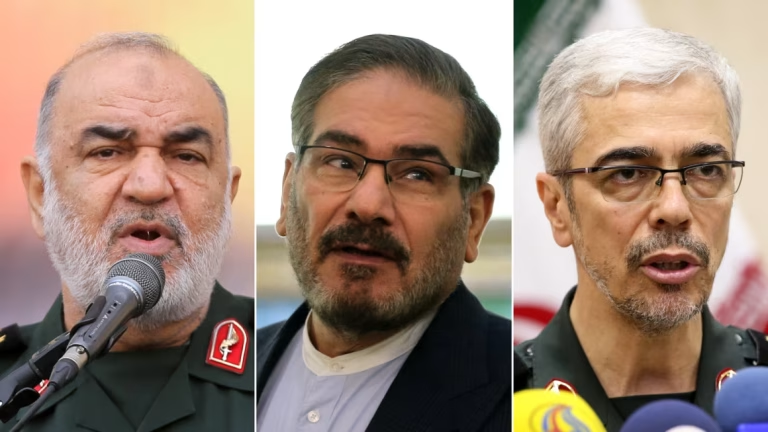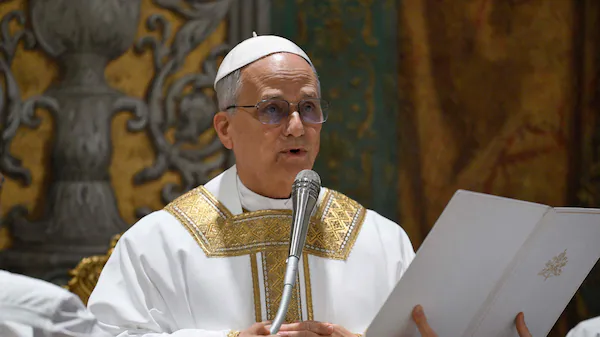
On Wednesday afternoon, under the gaze of Michelangelo’s frescoes, the 133 cardinals taking part in the 2025 conclave entered the Sistine Chapel. The ancient ritual to elect the Pope has officially begun.
Earlier in the day, at around 10am, Cardinal Giovanni Battista Re, Dean of the College of Cardinals, presided over the Missa pro eligendo Romano Pontifice in St. Peter’s Basilica.
The procession
Then, at around 3:45pm the cardinal-electors gathered in the Pauline Chapel and, in reverse order of precedence, processed into the Sistine Chapel chanting the “Litany of the Saints” and then the hymn “Veni Creator Spiritus,” invoking the Holy Spirit to descend upon them.
Leading the procession was a cross, followed by the choir, and then the priest assistants to the Master of Ceremonies. Behind them came the Secretary of the Conclave, and then the cardinal tasked with delivering the opening meditation after the chapel is sealed. The cardinals followed in line, and finally, the Master of Ceremonies. Among the cardinal electors, tradition dictated the order: first the cardinal deacons, then priests, then bishops.
The oath, then everyone out
Once inside the Sistine Chapel, each cardinal stands and places his hand on the Gospel, reciting the oath of secrecy that binds them during and after the conclave. “So help me God and these Holy Gospels which I touch with my hand,” each one declared.
As the doors of the Sistine Chapel closed with the proclamation “Extra omnes” – everyone out – all non-essential personnel exited. In their absence, Cardinal Raniero Cantalamessa delivered a meditation, inviting the cardinals into a space of prayer and discernment before deliberations commenced.
The voting
Now locked “cum clave” – with key – in the Sistine Chapel, the cardinals will begin the sacred work of electing the 267th successor of Peter. A two-thirds majority, in this case at least 89 votes, is required to elect a new pope. Each day may bring up to four rounds of voting. Black smoke will signal an inconclusive vote; white smoke, accompanied by the tolling of bells, will proclaim the arrival of a new Pope.
This conclave is one of the most diverse in history, with electors hailing from 70 countries – a reflection of Pope Francis’ efforts to broaden representation within the Church.
Total secrecy
In the time of reflection within the walls of the Sistine Chapel, the oath of secrecy remains absolute. Even lay and religious personnel involved – medical staff, liturgical assistants, domestic workers – have pledged silence under the penalty of latae sententiae excommunication. The Vatican has employed rigorous security protocols: signal jammers, surveillance sweeps, and a complete ban on electronic devices ensure that this sacred process is shielded from the noise of the outside world.
Nobody truly knows what is happening within the walls of the most famous chapel in the world, but as it does, the world is watching its little chimney – the most important chimney in the world.


